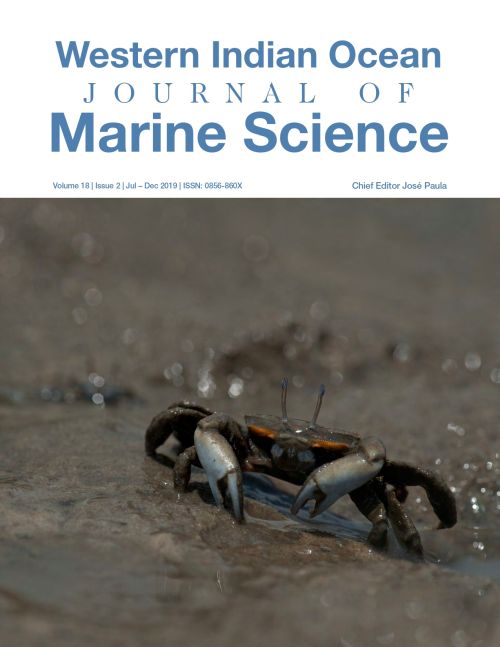Main Article Content
Natural recovery of mangroves in abandoned rice farming areas of the Rufiji Delta, Tanzania
Abstract
Natural recovery of mangroves in abandoned rice farming areas is important for reviving its multiple ecosystem services including climate change mitigation. This study aims at understanding the natural recovery rate and pattern of mangroves in the abandoned rice farming areas of the Rufiji Delta. Mangrove areas were stratified into early and intermediate succession as well as old growth forest. Forty-five nested plots, fifteen at each site, were randomly selected, where plant and soil data were collected. Based on the Importance Value Index, the most abundant tree species in the early succession was Barringtonia racemosa, a mangrove associated tree species having a value of 67.9. The mangrove Avicennia marina was the most abundant in both intermediate succession and old growth forest having a value of 170.7 and 163.1, respectively. Pairwise comparison of means indicated a significant change (p< 0.05) of structural parameters with fallow age. No significant change (p > 0.05) was detected in the measured soil properties among the three succession categories. The findings demonstrate that even a period of up to 15 years would not allow full recovery of structural attributes for a mangrove forest converted to agricultural land, with grass cover being among factors limiting the recovery due to obstruction of propagule dispersal.




